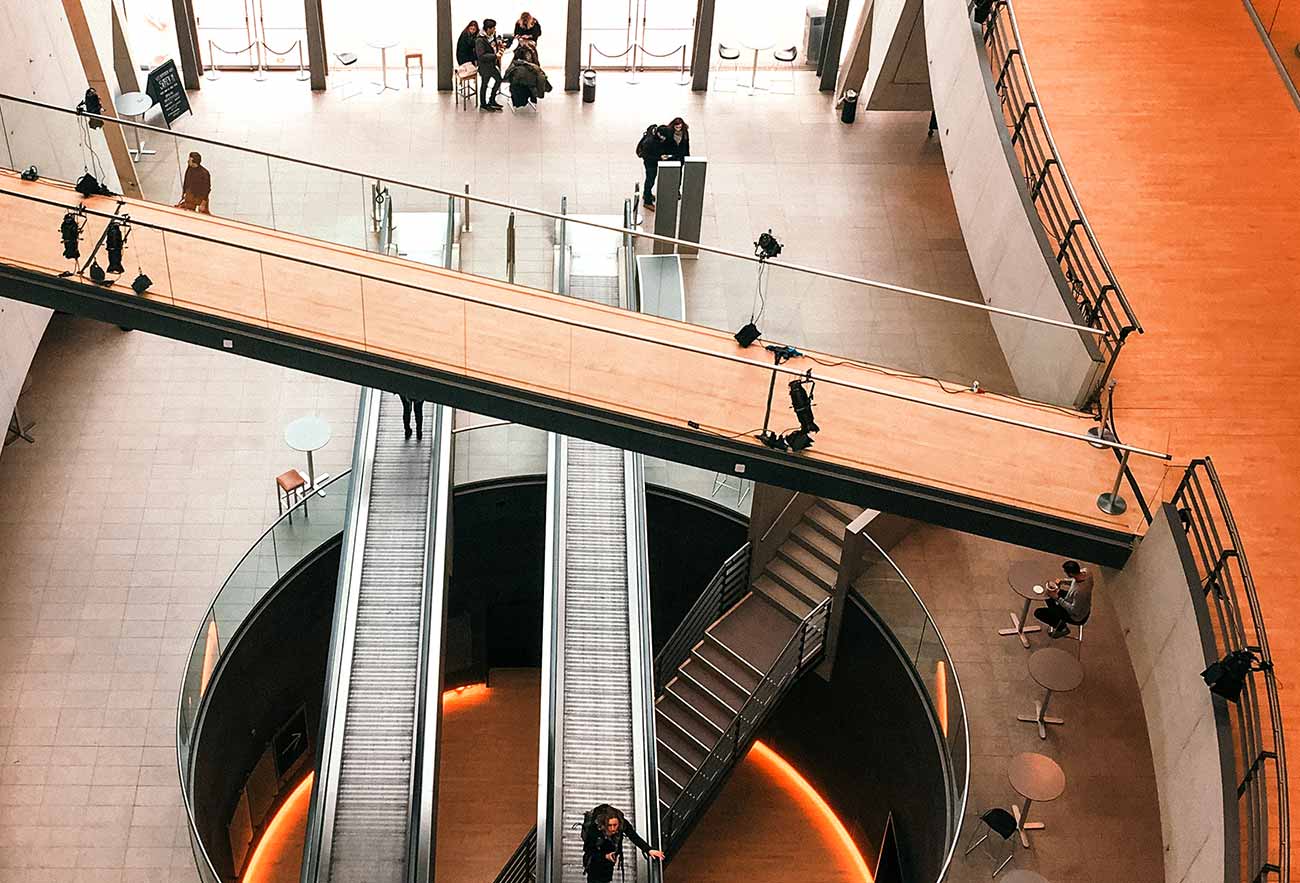

Construction Industry Myths
Introduction:
The construction industry, a cornerstone of infrastructure development, is not without its fair share of myths and misconceptions. These myths often shape perceptions and influence decisions, sometimes leading to misunderstandings about the complexities of the construction process. In this blog post, we aim to debunk some prevalent myths surrounding the construction industry.
In the realm of construction, myths are the scaffolding of misinformation. Let us dismantle these misconceptions, brick by brick, to reveal the true foundation of a dynamic, skilled, and forward-thinking industry.
Myth 1: Construction is All About Manual Labor
While physical labor is undoubtedly a crucial component of construction, modern construction projects are highly sophisticated and technologically advanced. The industry has embraced automation, robotics, and innovative machinery to enhance efficiency and precision. Skilled professionals such as architects, engineers, and project managers use cutting-edge technology like Building Information Modeling (BIM) to plan and execute projects with accuracy.
Myth 2: Construction Projects Always Exceed Budgets and Timelines
It’s a common belief that construction projects are notorious for running over budget and past deadlines. While unforeseen challenges can arise, proper project management, accurate planning, and the use of advanced project management software help mitigate these risks. Many successful projects are completed on time and within budget through careful planning, risk assessment, and effective communication among project stakeholders.
Myth 3: Construction is a Male-Dominated Industry
Historically, the construction industry has been male-dominated, but times are changing. Women are making significant strides in construction, occupying roles such as architects, engineers, project managers, and construction workers. Efforts to promote diversity and inclusivity are reshaping the industry, with more women contributing their skills and expertise to various construction projects.
Myth 4: Construction Work Is Unskilled Labor
Contrary to the belief that construction jobs require little skill, the industry demands a highly skilled workforce. From carpenters and electricians to heavy equipment operators and project managers, each role requires specialized knowledge and expertise. Training programs, certifications, and apprenticeships are essential components of developing a skilled workforce capable of meeting the demands of modern construction projects.
Myth 5: Green Building Practices are Expensive and Infeasible
The misconception that sustainable or green construction practices are cost-prohibitive is gradually fading. In reality, green building methods, such as using energy-efficient materials and incorporating renewable energy sources, can lead to long-term cost savings. Additionally, environmentally conscious construction practices contribute to reduced environmental impact and can enhance a project’s overall value.
Myth 6: Construction Sites Are Inherently Unsafe
Safety is a top priority in the construction industry, and significant strides have been made to improve work site safety. Strict regulations, ongoing training programs, and the implementation of advanced safety protocols have contributed to a decline in workplace accidents. Companies are investing in safety measures, including the use of wearable technology and real-time monitoring, to create safer working environments.
Conclusion:
As we debunk these common myths, it becomes clear that the construction industry is evolving, embracing technology, diversity, and sustainability. Dispelling these misconceptions is essential for fostering a better understanding of the industry’s complexities and acknowledging the skill, innovation, and dedication of those who contribute to building the structures that shape our world.

